Home>Furniture & Design>Interior Design Trends>What Side Does The Wine Glass Go On
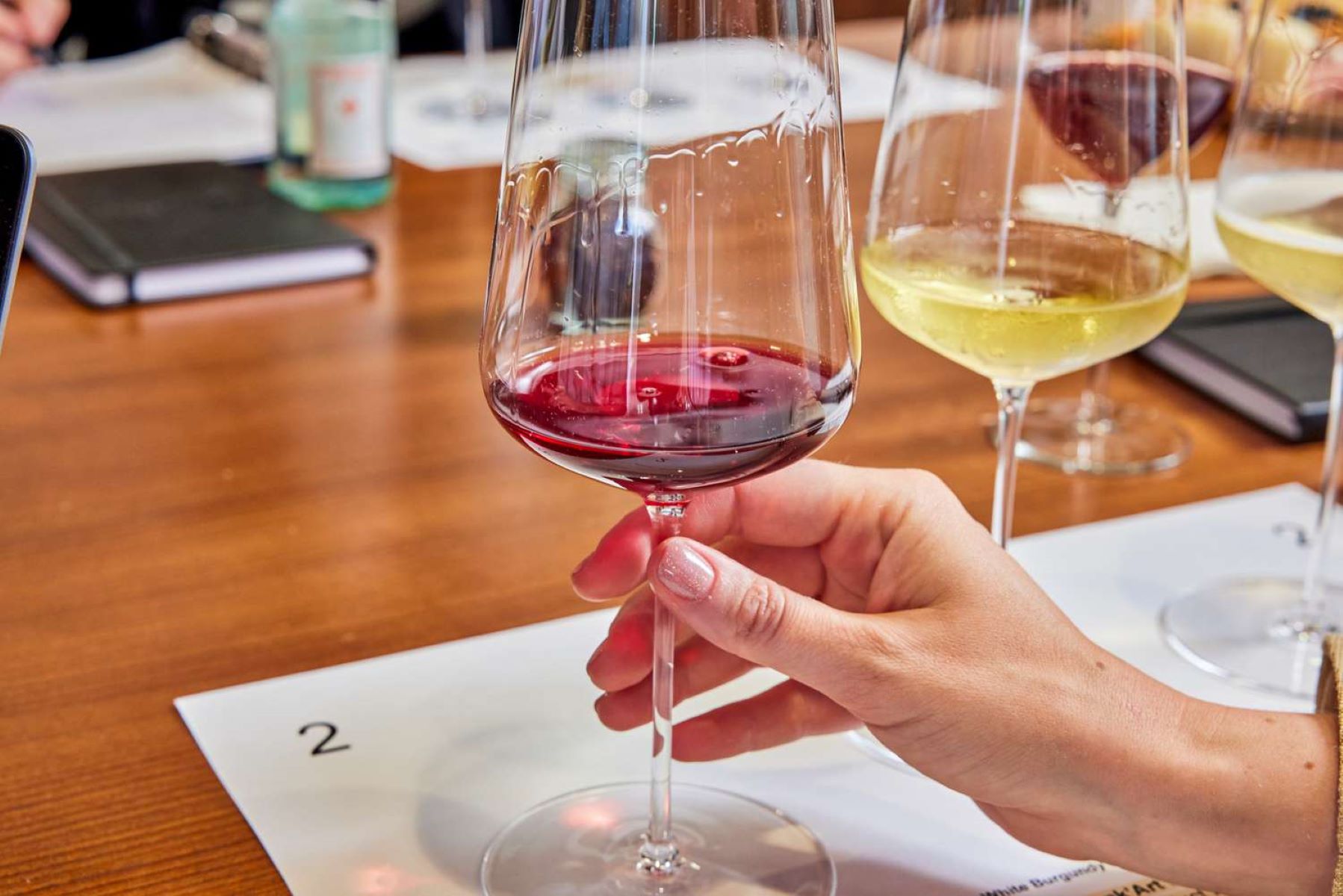

Interior Design Trends
What Side Does The Wine Glass Go On
Modified: March 18, 2024
Discover the latest interior design trends for wine glass placement and elevate your dining experience. Learn the best side for your wine glass with expert tips.
(Many of the links in this article redirect to a specific reviewed product. Your purchase of these products through affiliate links helps to generate commission for Storables.com, at no extra cost. Learn more)
Introduction
The placement of wine glasses may seem like a trivial aspect of table setting, but it holds significance in the realm of interior design and dining etiquette. The strategic positioning of wine glasses not only adds an elegant touch to the table but also reflects the host's attention to detail and sophistication. Whether you are hosting a formal dinner party or simply aiming to elevate your everyday dining experience, understanding the nuances of wine glass placement can make a notable difference.
In this article, we will delve into the traditional and modern approaches to wine glass placement, shedding light on the evolving trends within interior design and table setting. By exploring the factors that influence the positioning of wine glasses, we aim to provide valuable insights for both seasoned hosts and individuals seeking to refine their hosting skills. Let's embark on a journey through the art of wine glass placement, where tradition meets contemporary flair, and where every detail contributes to the harmonious ambiance of a well-appointed table.
Key Takeaways:
- Traditional wine glass placement reflects elegance and sequence, while modern trends embrace creativity and adaptability, allowing hosts to express their unique style and enhance the dining experience.
- When placing wine glasses, consider menu pairing, table size, aesthetic balance, guest comfort, event formality, and cultural customs to create a visually captivating and functional dining environment.
Read more: What Side Does The Water Glass Go On
The Traditional Placement of the Wine Glass
The traditional placement of wine glasses follows a time-honored etiquette that reflects a sense of refinement and adherence to formal dining customs. When setting a formal table, the wine glasses are positioned in a specific arrangement that complements the overall aesthetic and functionality of the table setting. Typically, wine glasses are placed to the right of the water glass, forming a triangular or diagonal layout. The water glass is positioned at the tip of the triangle, with the wine glasses placed to its right.
In this classic arrangement, the wine glasses are organized based on the sequence of their use throughout the meal. The wine glass intended for white wine is positioned closer to the water glass, while the red wine glass is placed slightly further away. This deliberate placement allows for a seamless progression of wine service, ensuring that each glass is within easy reach of the diner while maintaining an aesthetically pleasing symmetry on the table.
Furthermore, the positioning of the wine glasses also takes into account the size and shape of the glasses. Typically, larger and more rounded glasses, such as those designed for red wine, are placed further from the water glass, while smaller and more upright glasses, suitable for white wine, are positioned closer to the center of the table setting. This arrangement not only enhances the visual balance of the table but also facilitates a smooth and graceful flow of wine service throughout the meal.
The traditional placement of wine glasses is rooted in the principles of formal dining etiquette, where every element of the table setting is thoughtfully arranged to create an atmosphere of elegance and sophistication. This timeless approach to wine glass placement has been upheld for generations, embodying a sense of grace and attention to detail that transcends mere functionality. As we delve into the modern trends in wine glass placement, it is essential to appreciate the enduring allure of the traditional arrangement, which continues to inspire and influence contemporary table settings.
Modern Trends in Wine Glass Placement
In the realm of interior design and table setting, modern trends have ushered in a fresh perspective on wine glass placement, reflecting a fusion of functionality, creativity, and personal expression. While the traditional placement of wine glasses adheres to formal etiquette and symmetry, contemporary approaches embrace a more eclectic and individualized style, allowing for greater flexibility and innovation in table settings.
One notable modern trend in wine glass placement involves the concept of asymmetry and non-conformity. Rather than adhering strictly to the classic triangular arrangement, hosts and designers are increasingly exploring unconventional placements that challenge traditional norms. This departure from rigid symmetry allows for a more dynamic and visually engaging table setting, where wine glasses are positioned in a manner that reflects the host's unique aesthetic sensibilities and design preferences.
Another prominent trend in modern wine glass placement revolves around the concept of versatility and adaptability. With the evolving dining landscape and the rise of multi-course tasting menus and wine pairings, hosts are embracing a more fluid approach to wine glass placement. This entails adjusting the positioning of wine glasses based on the specific menu and wine selections, creating a customized and tailored experience for each dining occasion.
Furthermore, contemporary wine glass placement often integrates elements of minimalism and subtlety, emphasizing the concept of understated elegance. Rather than overcrowding the table with an abundance of glassware, modern hosts and designers opt for a more restrained approach, strategically placing a select number of wine glasses to maintain a clean and uncluttered aesthetic. This minimalist approach not only exudes a sense of modern sophistication but also allows the focus to remain on the culinary and sensory experience.
In addition to embracing unconventional arrangements and minimalist principles, modern wine glass placement also embraces the concept of thematic and seasonal variations. Hosts and designers are increasingly incorporating thematic elements and seasonal motifs into the placement of wine glasses, infusing the table setting with a sense of narrative and ambiance. Whether it involves aligning wine glasses with seasonal floral arrangements or integrating thematic accents into the overall presentation, this trend adds a layer of creativity and personalization to the dining experience.
As the boundaries of traditional etiquette continue to expand, modern trends in wine glass placement offer a canvas for hosts and designers to express their individuality and creativity. By embracing asymmetry, adaptability, minimalism, and thematic variations, contemporary wine glass placement reflects the evolving landscape of interior design and dining aesthetics, inviting hosts to curate table settings that resonate with their unique style and vision.
The wine glass goes on the right side of the place setting, above the knife. This is because most people are right-handed and it is easier to reach for the glass from the right side.
Factors to Consider When Placing Wine Glasses
When it comes to placing wine glasses, several factors come into play, influencing the arrangement and positioning of these essential elements of table setting. Understanding these factors is crucial for creating a harmonious and functional dining experience. Here are the key considerations to keep in mind when placing wine glasses:
-
Menu and Wine Pairing: The selection of wine glasses and their placement should align with the menu and wine pairings for the occasion. Different wines, such as red, white, or sparkling, require specific glass shapes to enhance their aromas and flavors. As such, the placement of wine glasses should reflect the sequence of wine service throughout the meal, ensuring that each wine is presented in the appropriate glass and in the optimal order.
-
Table Size and Shape: The dimensions and configuration of the dining table play a significant role in determining the placement of wine glasses. A larger table may accommodate a more expansive arrangement of wine glasses, allowing for a visually striking display, while a smaller table may necessitate a more streamlined and space-efficient placement to avoid overcrowding.
-
Aesthetic Balance: The positioning of wine glasses should contribute to the overall aesthetic balance of the table setting. Whether adhering to traditional symmetry or embracing modern asymmetry, the placement of wine glasses should harmonize with the other elements on the table, such as dinnerware, flatware, and decorative accents, to create a visually appealing and cohesive tableau.
-
Guest Comfort and Accessibility: Placing wine glasses within easy reach of the diners is essential for ensuring a seamless and enjoyable dining experience. Consider the convenience of guests when positioning wine glasses, allowing them to access their preferred wine without obstruction or discomfort.
-
Event Formality and Theme: The formality of the event and any thematic elements should inform the placement of wine glasses. Formal occasions may call for a more structured and traditional arrangement, while casual gatherings or themed events offer the flexibility to experiment with creative and personalized placements that align with the overarching theme or ambiance.
-
Cultural and Regional Customs: Cultural and regional dining customs may influence the placement of wine glasses, with certain traditions dictating specific arrangements based on local etiquette and practices. Understanding and respecting these cultural nuances is essential when hosting diverse gatherings or themed events with a regional focus.
By considering these factors when placing wine glasses, hosts and designers can curate table settings that not only reflect their personal style but also enhance the overall dining experience, creating a visually captivating and functionally efficient environment for guests to savor and enjoy.
Conclusion
In conclusion, the placement of wine glasses transcends mere practicality, evolving into a nuanced art form that intertwines tradition, modernity, and personal expression. From the traditional symmetrical arrangement that embodies formal dining etiquette to the contemporary embrace of asymmetry, adaptability, and thematic variations, the positioning of wine glasses serves as a canvas for hosts and designers to infuse their table settings with elegance, creativity, and functionality.
The traditional placement of wine glasses, with its emphasis on symmetry and sequence, reflects a timeless commitment to refined dining customs. This classic approach, characterized by the deliberate positioning of wine glasses in relation to the water glass and the meticulous consideration of glass size and shape, embodies a sense of grace and sophistication that has endured through generations. The enduring allure of the traditional arrangement continues to inspire and influence contemporary table settings, serving as a testament to the enduring legacy of formal dining etiquette.
Conversely, modern trends in wine glass placement offer a departure from convention, inviting hosts and designers to explore new realms of creativity and individuality. The embrace of asymmetry, adaptability, minimalism, and thematic variations reflects the evolving landscape of interior design and dining aesthetics, empowering hosts to curate table settings that resonate with their unique style and vision. This departure from rigid norms fosters an environment where personal expression and innovation converge, enriching the dining experience with a touch of contemporary flair.
When placing wine glasses, several factors come into play, shaping the arrangement and positioning of these essential elements of table setting. Considerations such as menu and wine pairing, table size and shape, aesthetic balance, guest comfort and accessibility, event formality and theme, as well as cultural and regional customs, collectively influence the placement of wine glasses. By carefully considering these factors, hosts and designers can craft table settings that not only reflect their personal style but also enhance the overall dining experience, creating a visually captivating and functionally efficient environment for guests to savor and enjoy.
In essence, the art of wine glass placement embodies a delicate balance between tradition and innovation, formality and creativity, functionality and aesthetics. Whether adhering to time-honored customs or embracing contemporary trends, the strategic positioning of wine glasses serves as a testament to the host's attention to detail, hospitality, and commitment to creating memorable dining experiences. As the realm of interior design continues to evolve, the artful placement of wine glasses remains a timeless hallmark of gracious entertaining, where every detail contributes to the symphony of elegance and refinement that defines the art of hosting.
Frequently Asked Questions about What Side Does The Wine Glass Go On
Was this page helpful?
At Storables.com, we guarantee accurate and reliable information. Our content, validated by Expert Board Contributors, is crafted following stringent Editorial Policies. We're committed to providing you with well-researched, expert-backed insights for all your informational needs.
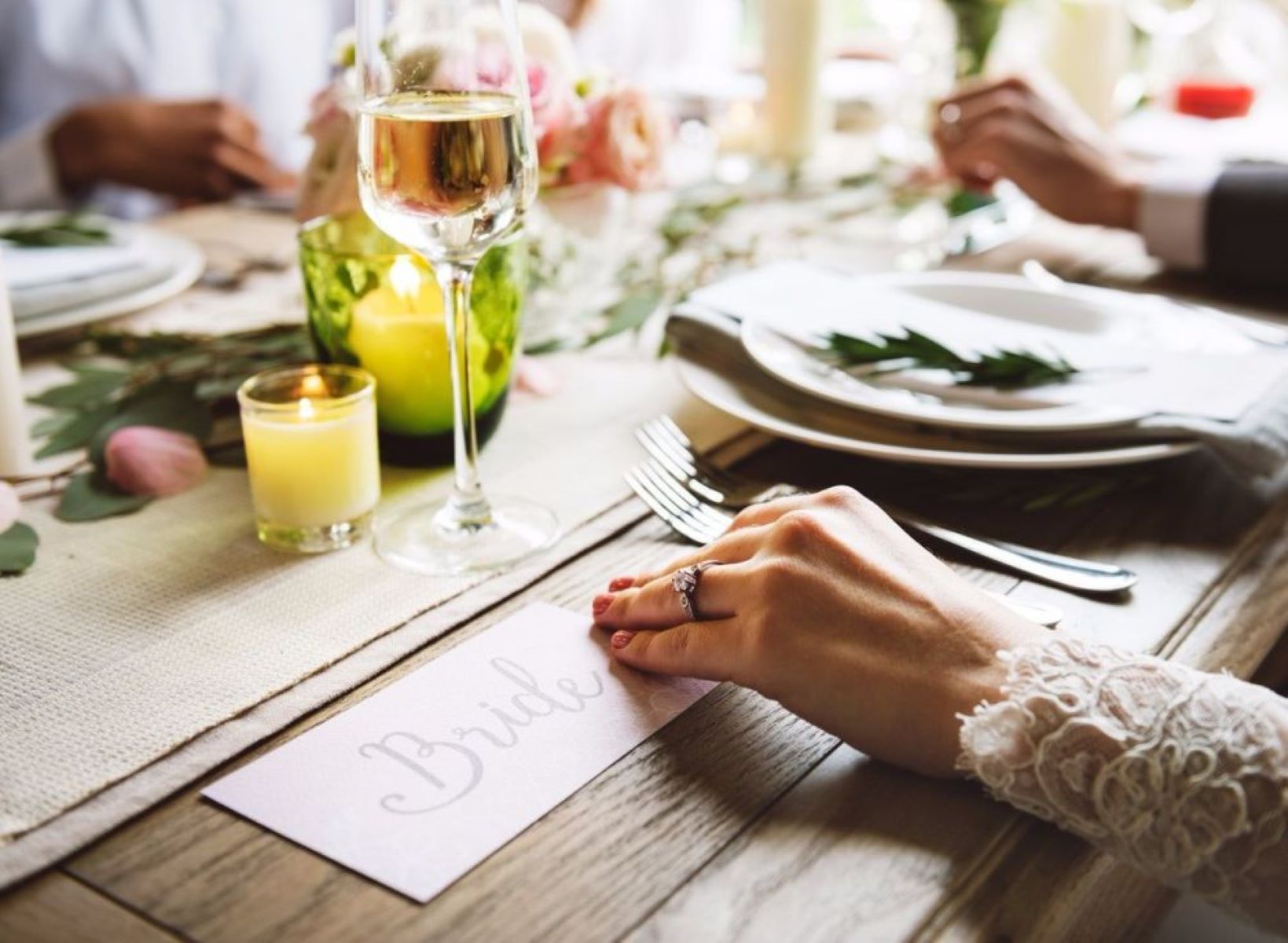
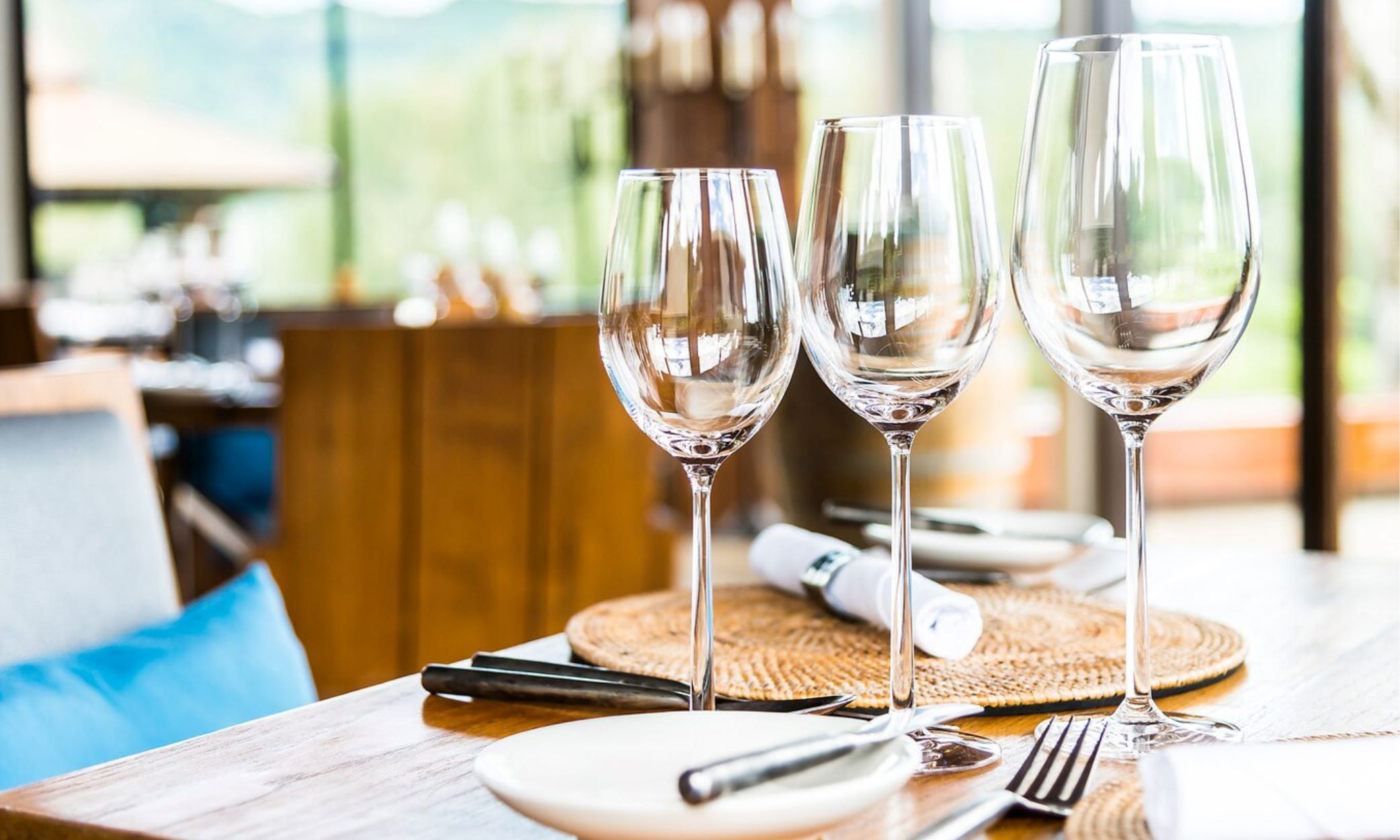
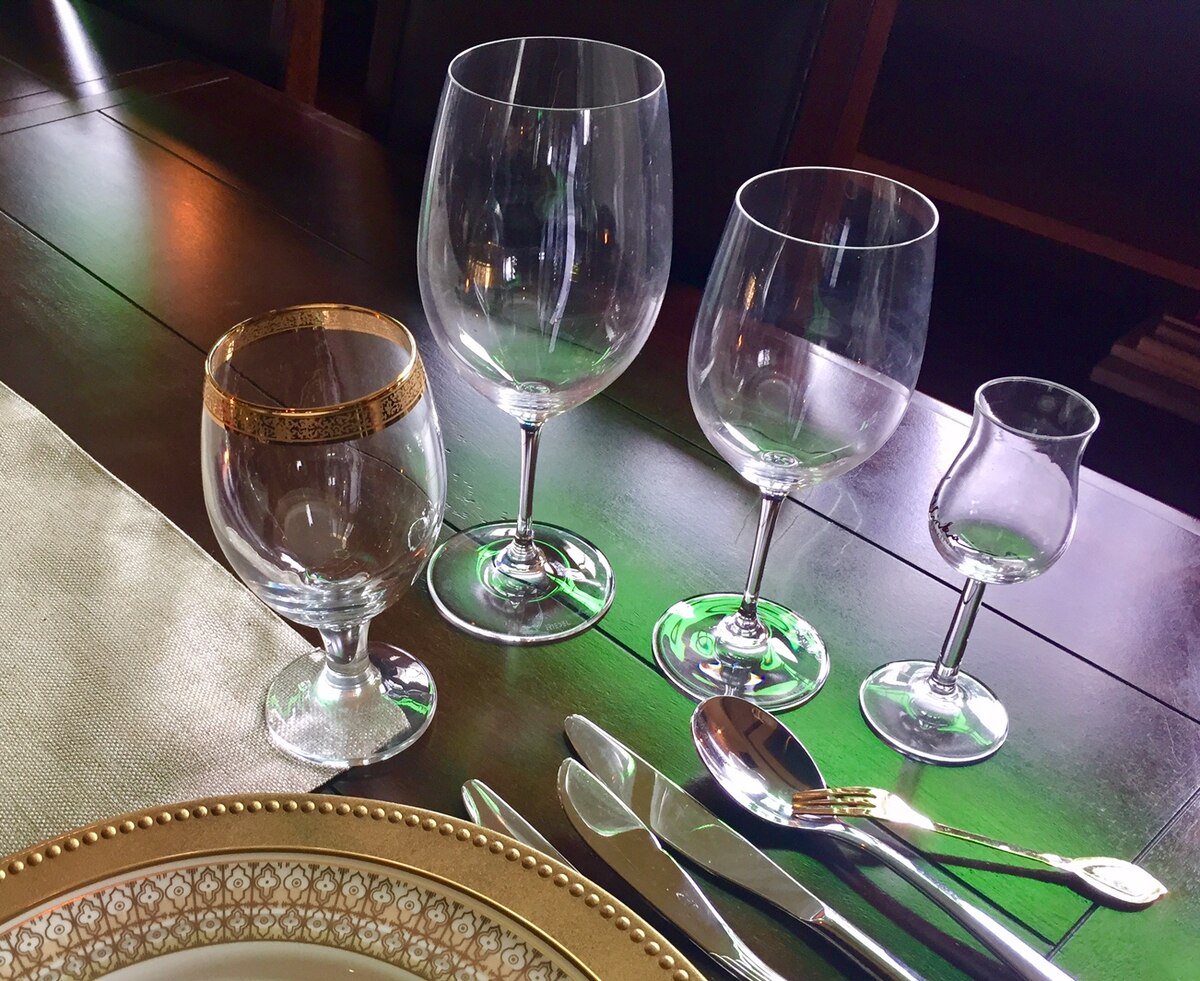
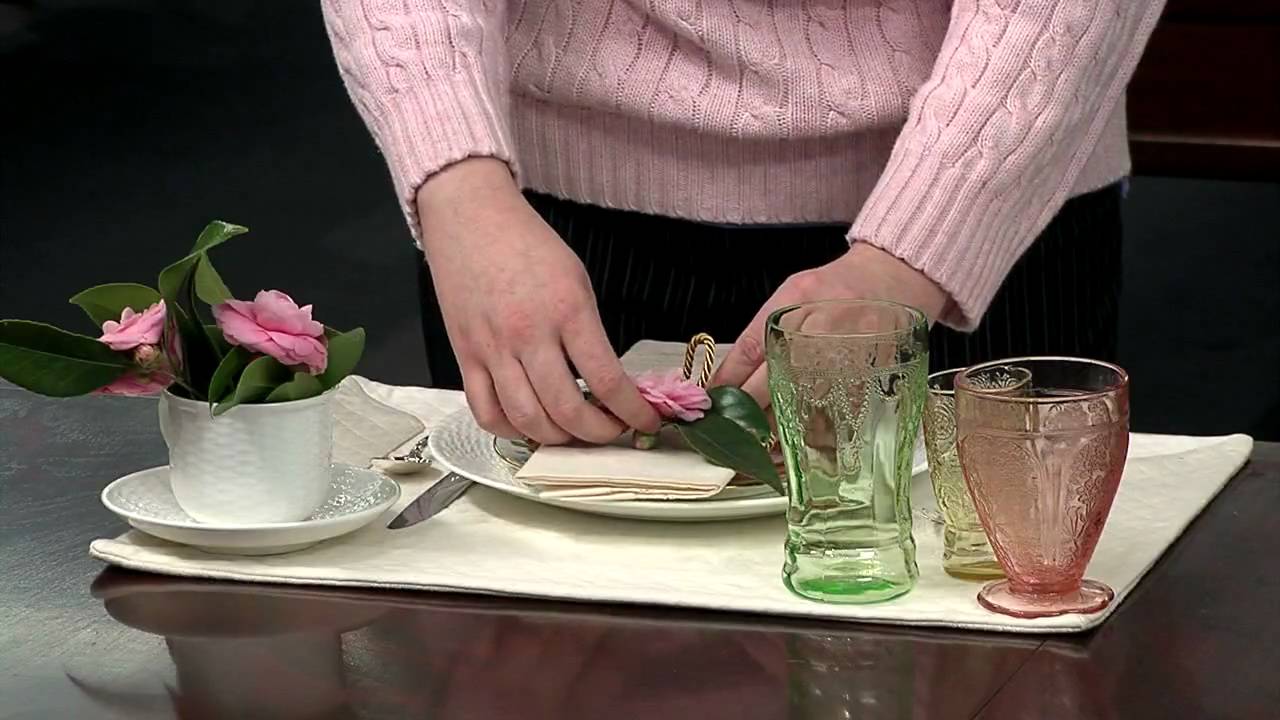
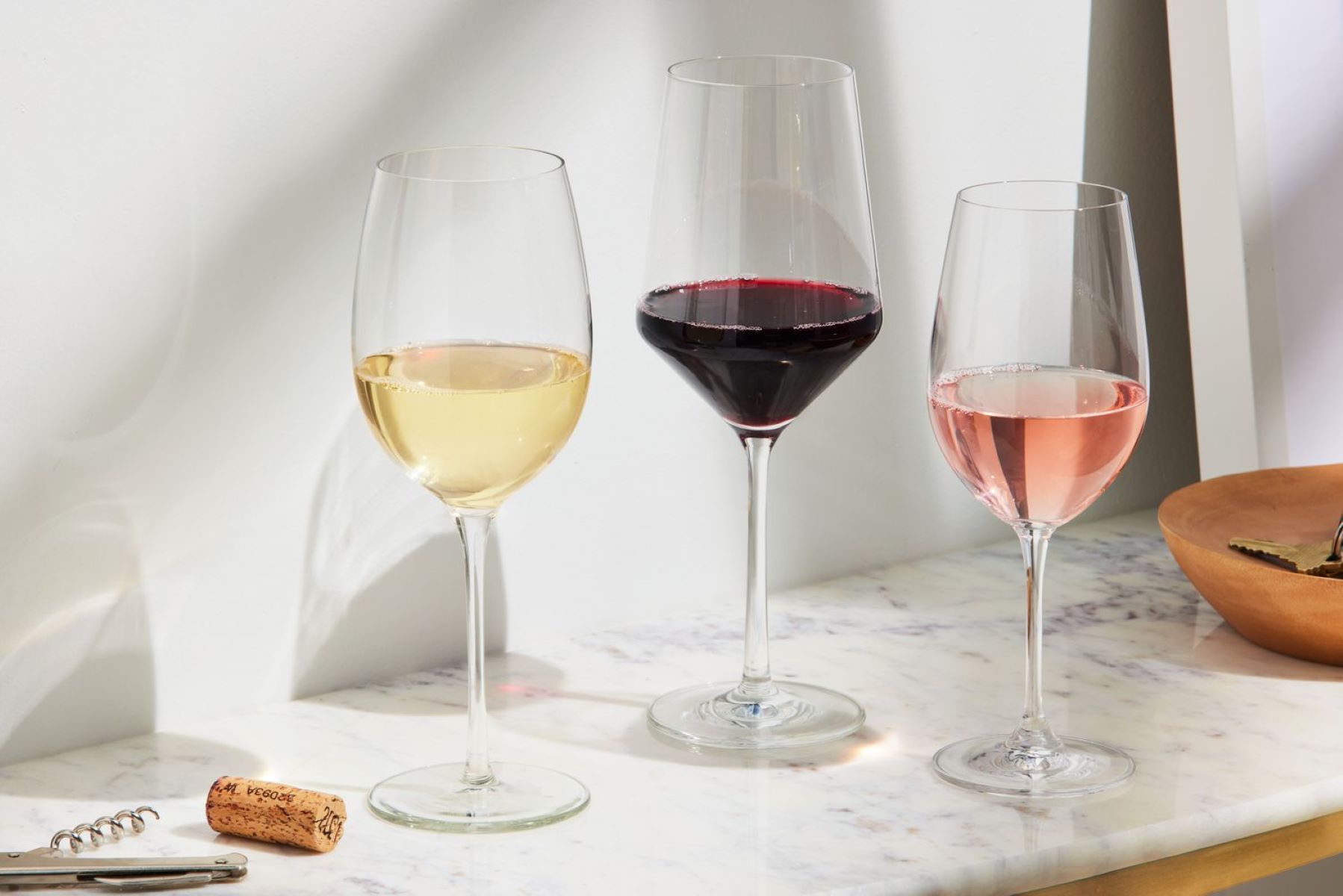
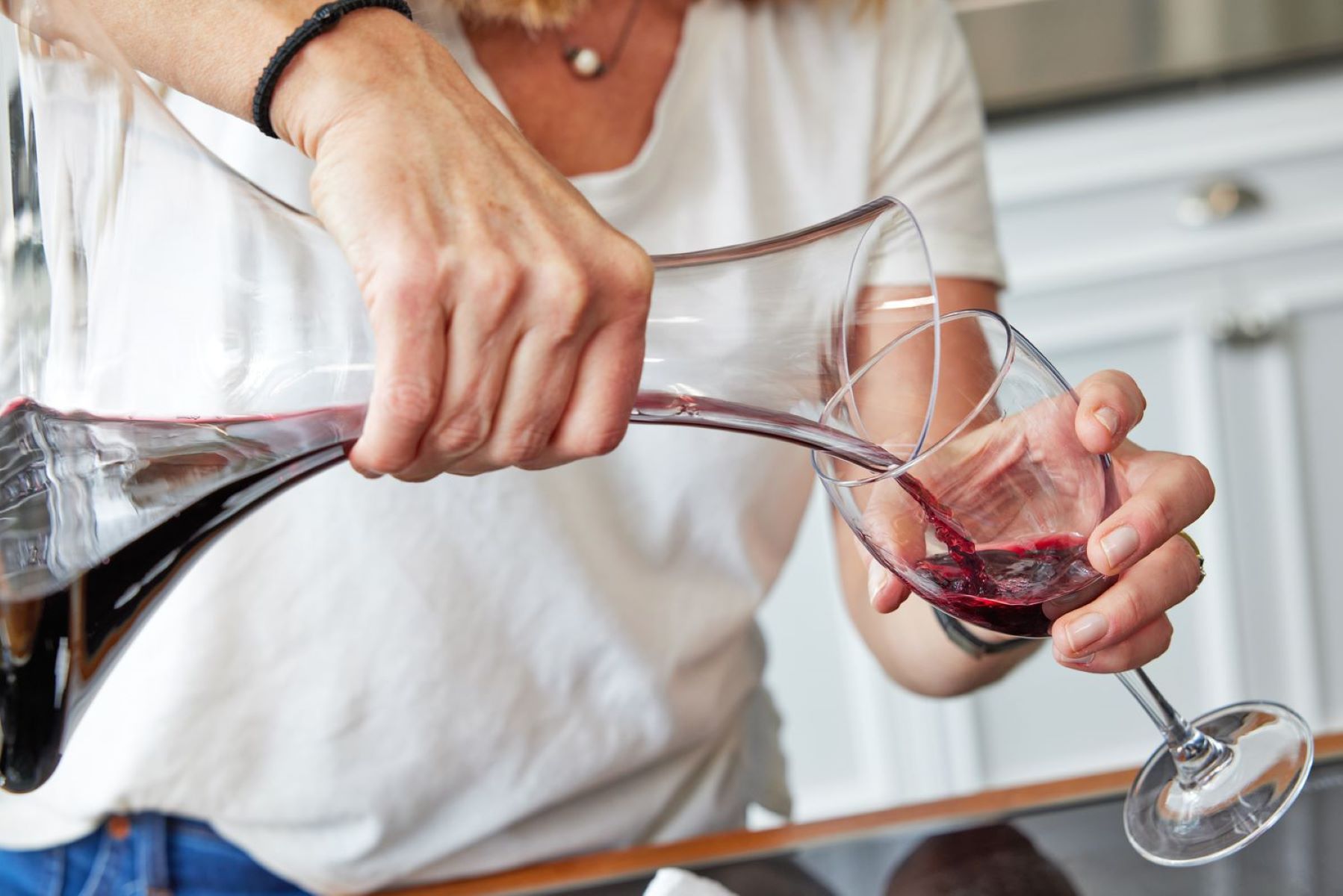
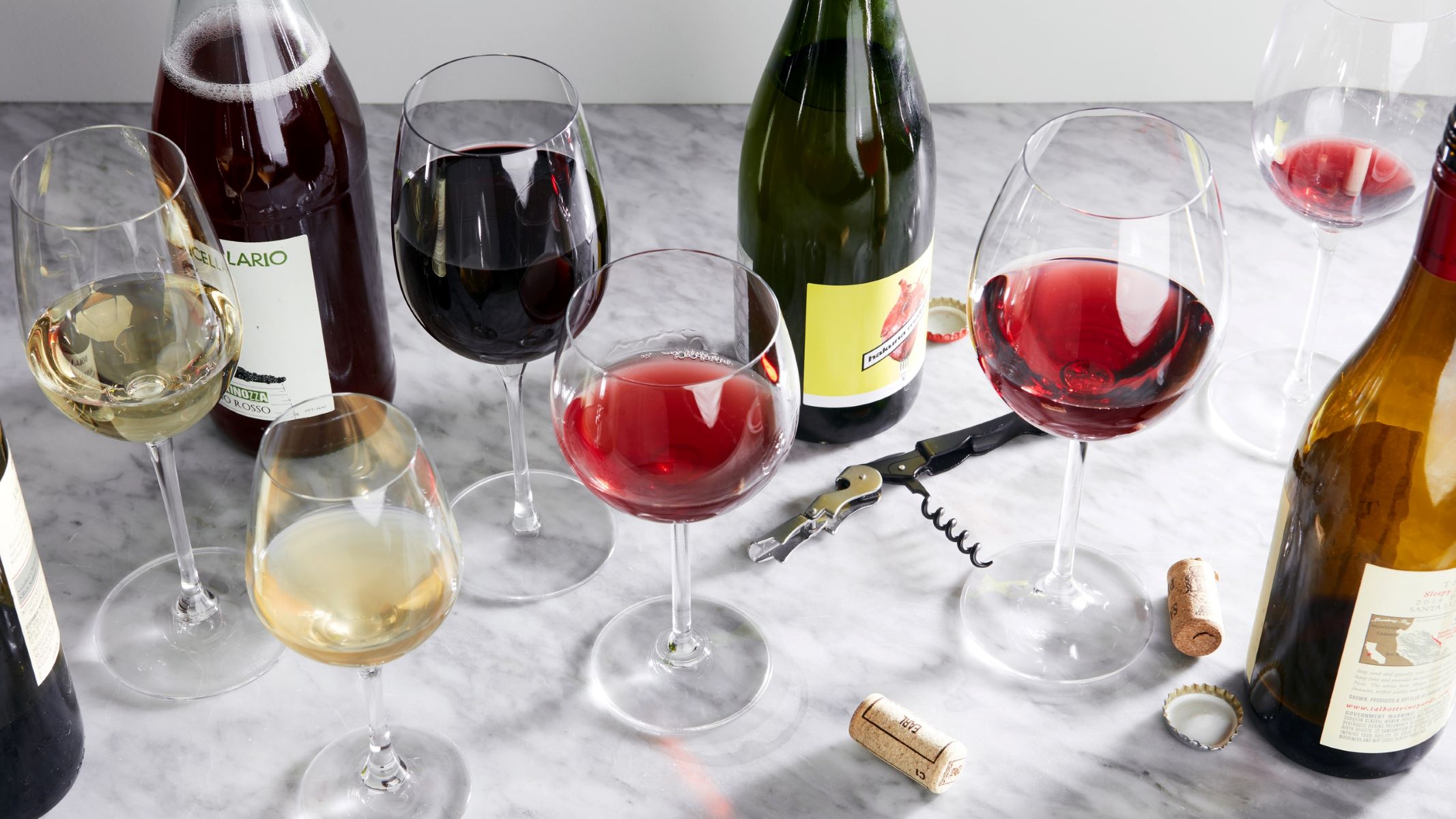
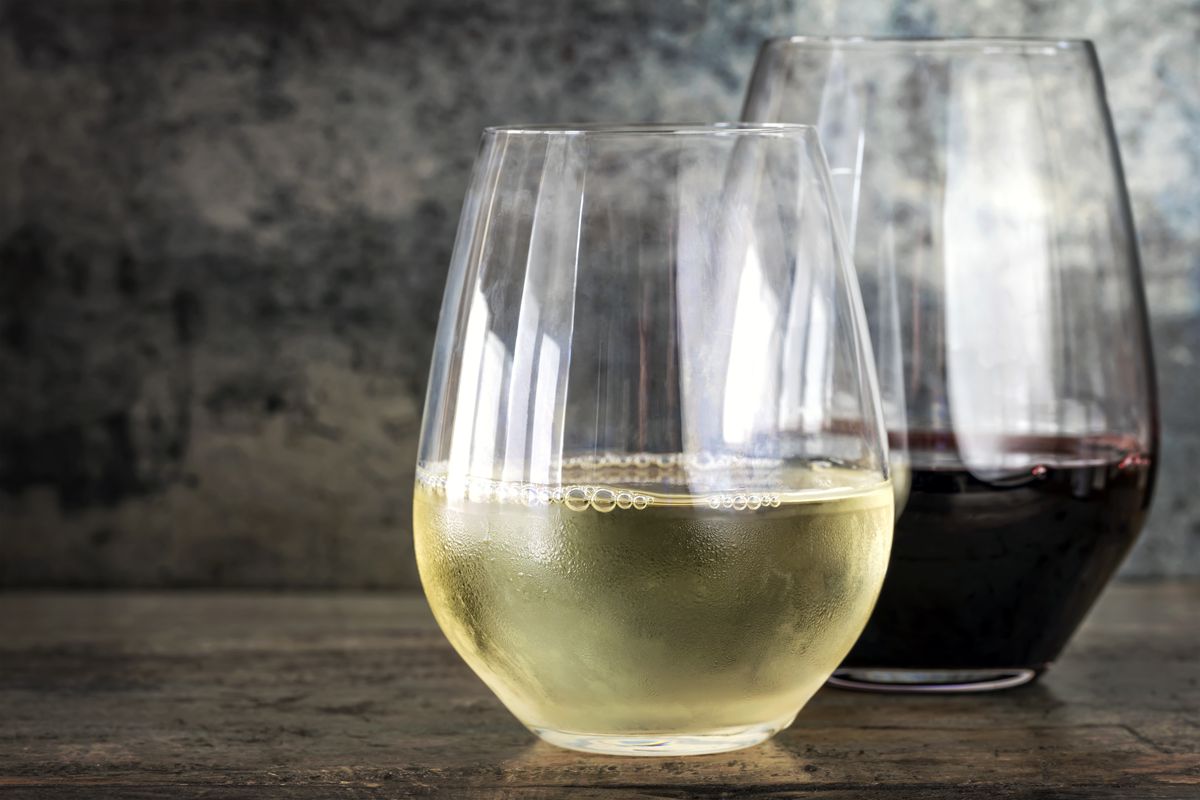
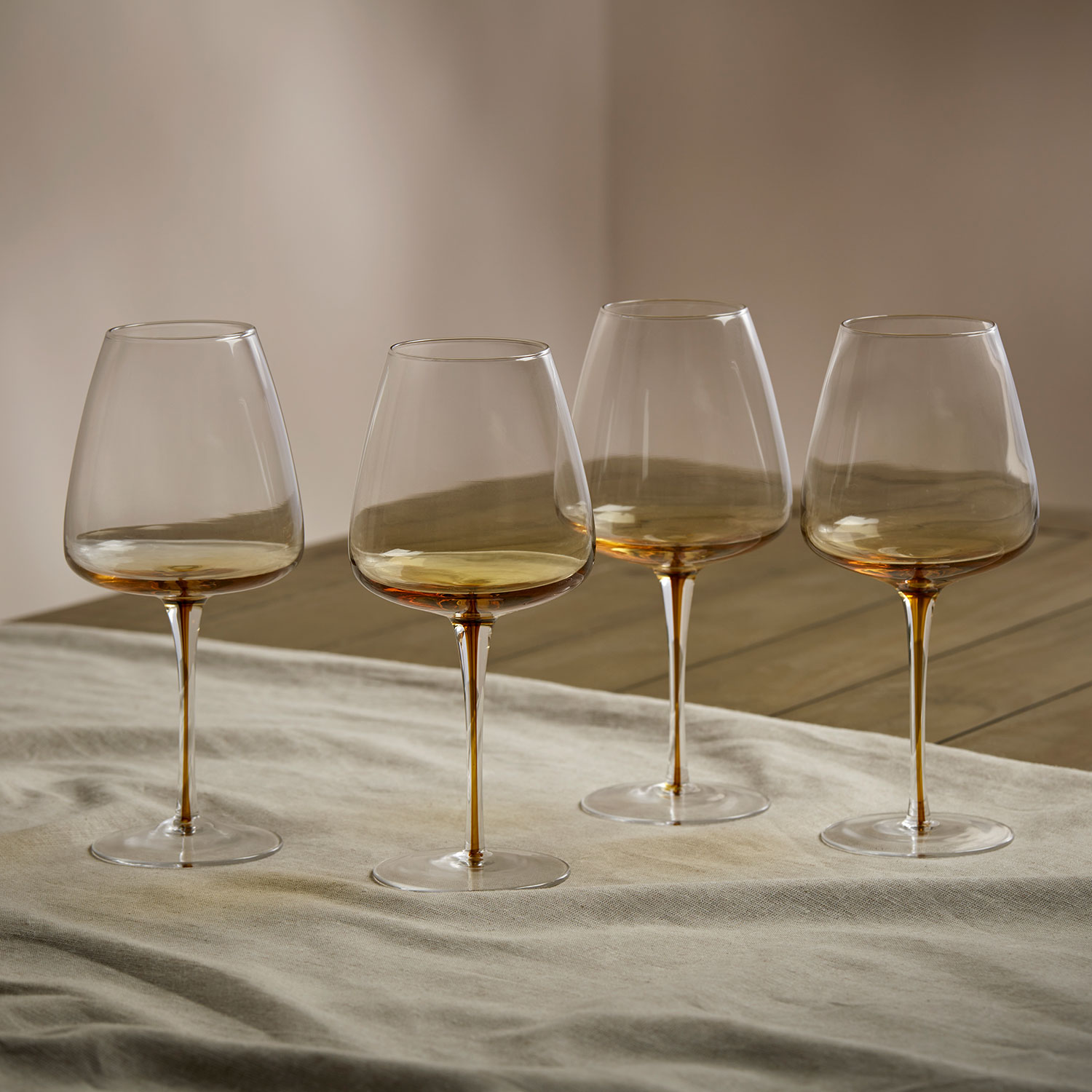
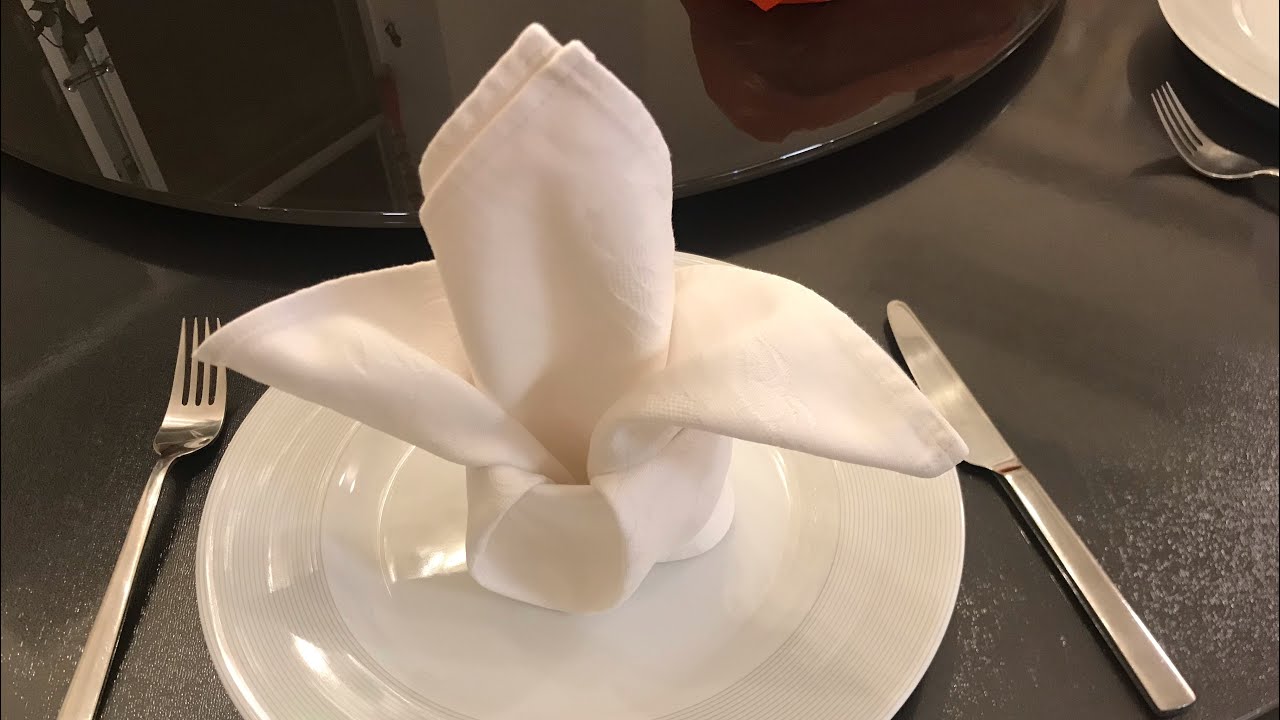
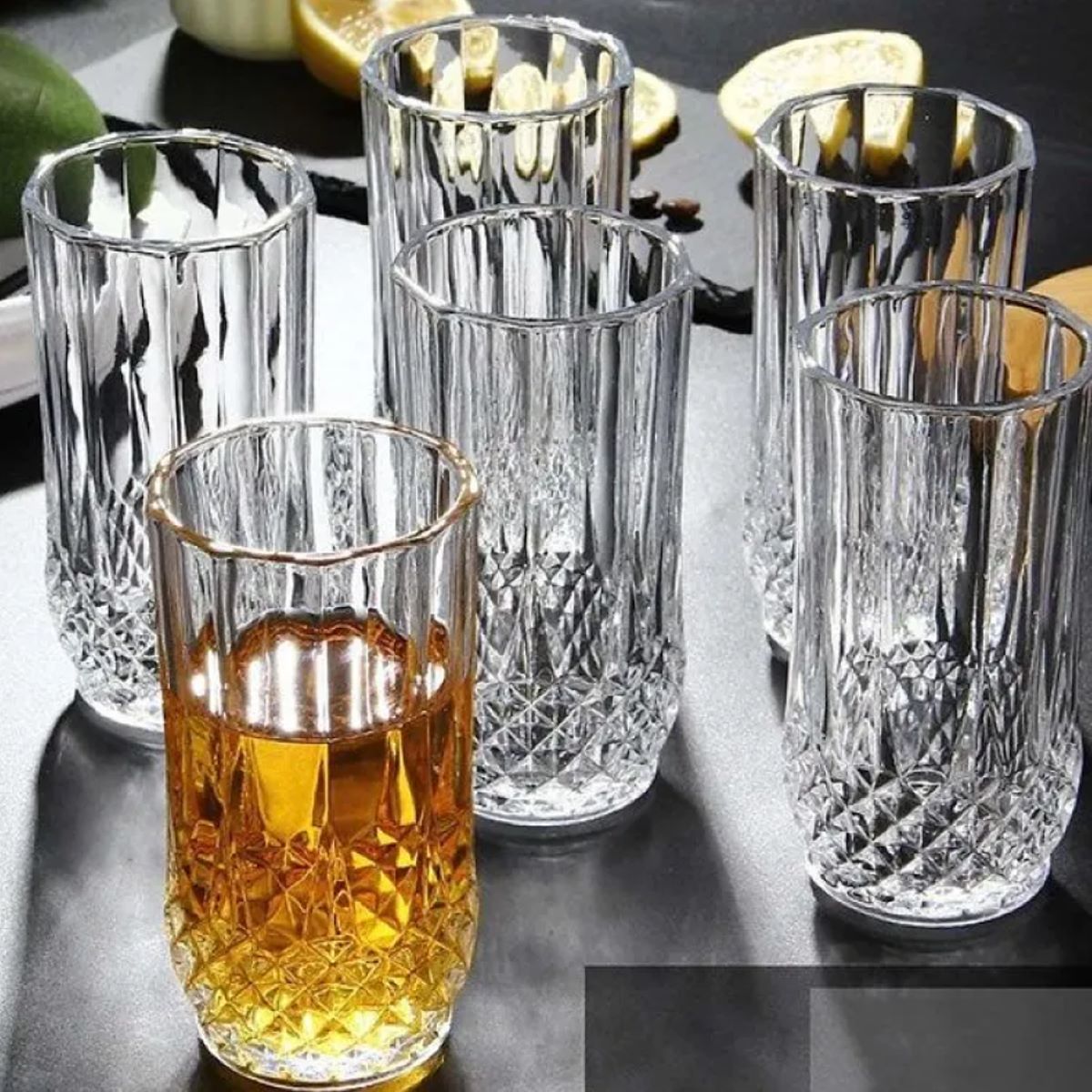

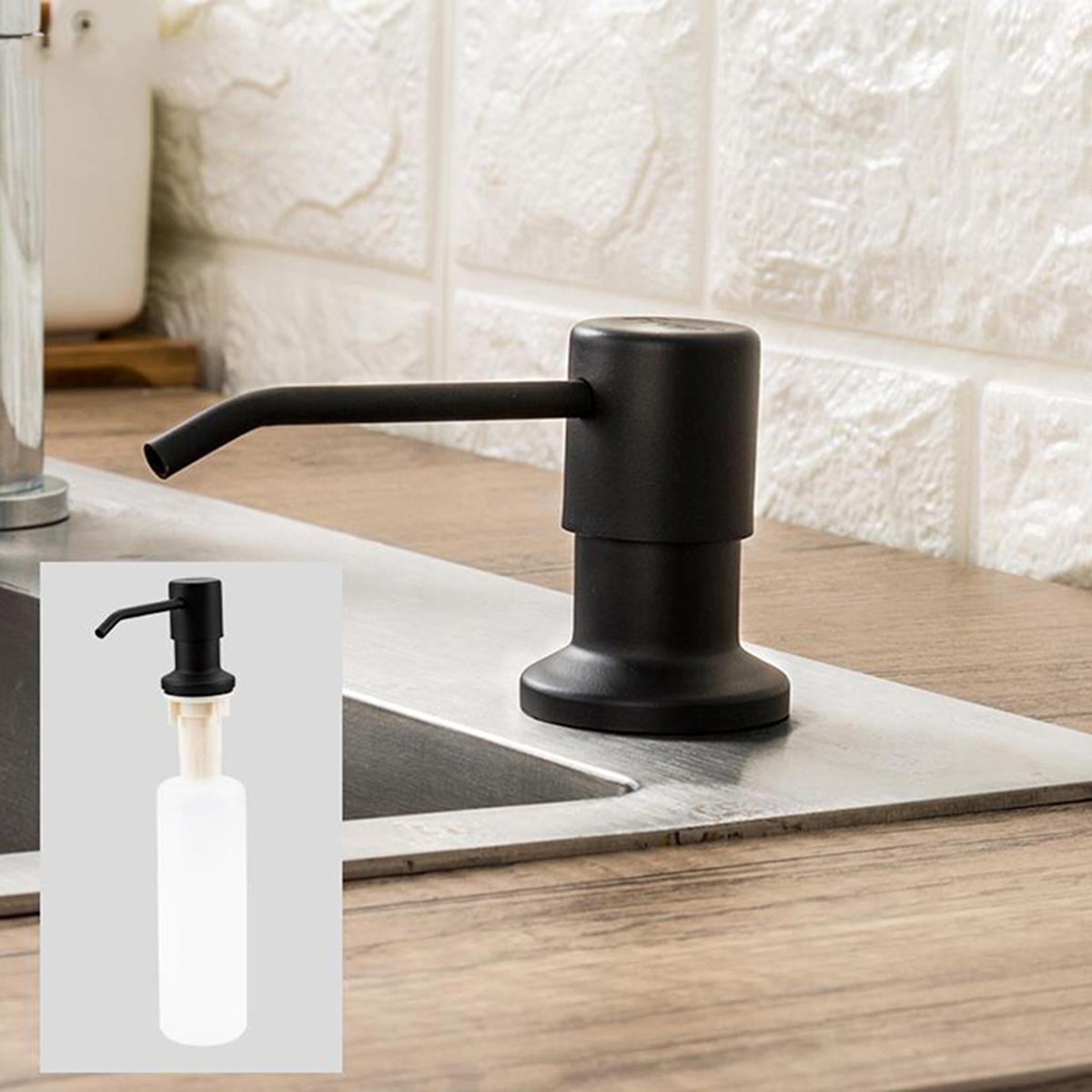
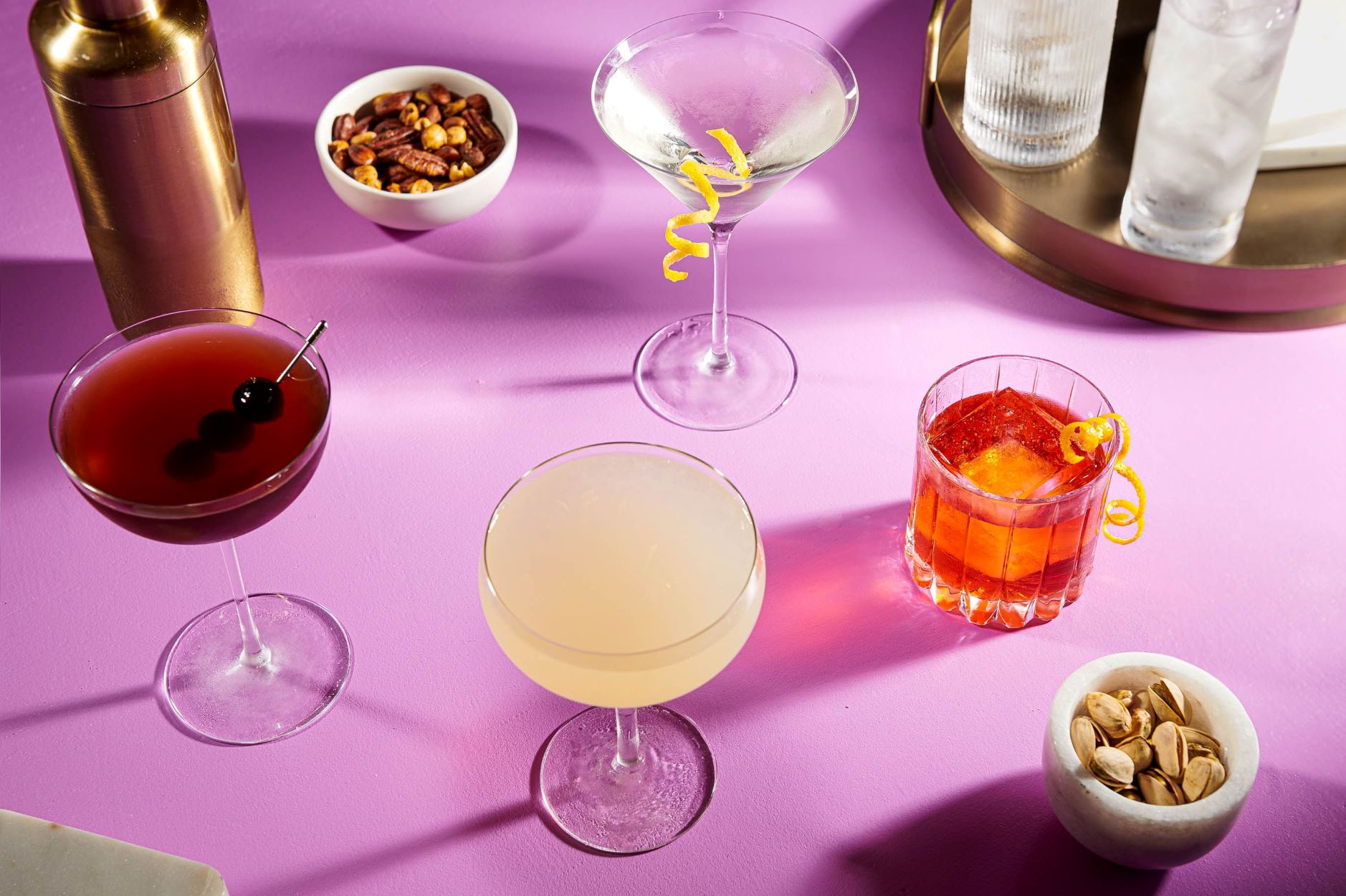


0 thoughts on “What Side Does The Wine Glass Go On”